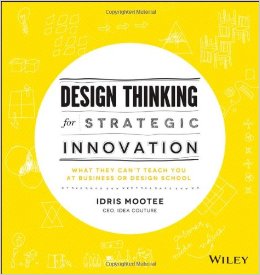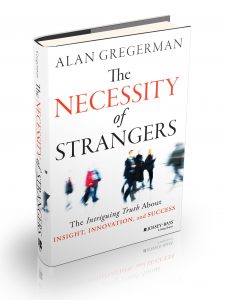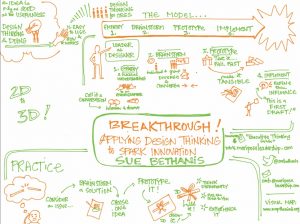Book Review | Design Thinking for Strategic Innovation
 Design Thinking for Strategic Innovation: What They Can’t Teach You at Business or Design School
Design Thinking for Strategic Innovation: What They Can’t Teach You at Business or Design School
By Idris Mootee
Head: (5 out of 5)
Heart: (3 out of 5)
Leadership Applicability: (5 out of 5)
Executives today will agree that the complexities of doing business have grown exponentially. Our global world is smaller due to technology that connects us all at the speed of light, driving customer expectations high. The world’s population consumes natural resources faster than we can replace them, if at all. Competition in the market is fierce. Despite all this, most executives have been operating with an outdated management model, one designed for an outdated world. That’s why this book is a timely and important read for leaders.
Design thinking can be used to make sense of all of this complexity. It connects the dots and drives innovation by allowing us to experiment in the midst of chaos and complexity. Creative solutions can emerge for complex problems.
This book, written by management guru Idris Mootee, defines design thinking and introduces readers to the applications of it. As a framework, the author links the application of design thinking tools to eight key challenges most businesses encounter: growth, predictability, change, relevance, extreme competition, standardization, creative culture and strategy and organization. Each chapter offers tips and thinking points.
Executives interested in a guide for applying design thinking will want to read this book. Buy it now.
MORE



